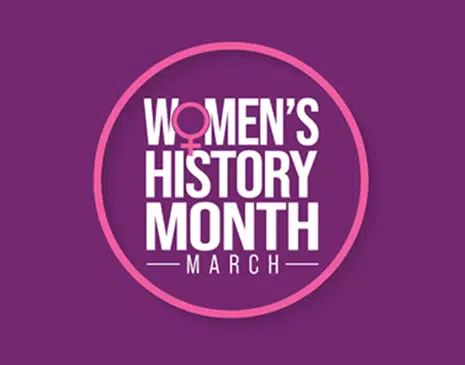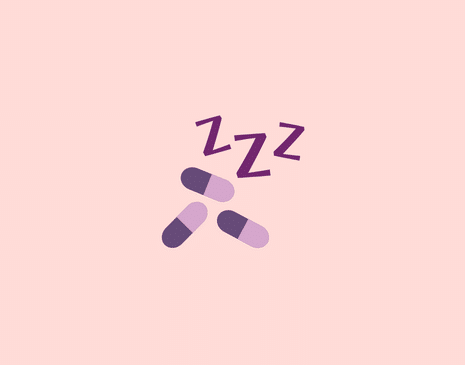From menstruation products and breast screenings through to birth control and vaccines, the women’s health industry has experienced its fair share of advancements over the years. As we step into Women’s History Month this March 2022, let’s take a moment to appreciate 6 memorable moments of women’s health in our brief history of women’s health.
Lister’s Towels
It was in 1897 when household brand, Johnson & Johnson became the first to develop sanitary pads to replace the homemade methods of menstruation control women had previously relied on. Branded as Lister’s Towels after Dr Joseph Lister, a pioneer of sterile surgery, these pads were the first mass-produced disposable sanitary products available and provided great convenience for women of the era.
The Mammogram
In 1913, a Berliner surgeon by the name of Doctor Albert Salomon realised the potential of using radiography to visualise tumours in the breast. This technique formed the foundation of what became known as the mammogram in the mid-1960s. A common tool used for the screening of women’s breasts to identify tumours, microcalcifications, and cysts, the mammogram is responsible for saving many women’s lives and reducing breast cancer by one third.
Margaret Sanger’s Birth Control Clinic
With a revolutionary vision that women should fall pregnant on their own terms, Margaret Sanger opened the first birth control clinic with her sister, Ether Byrne, and activist, Fania Mindell, on 16th October 1916. During the 1900s, birth control and abortion were beyond taboo topics; they were downright illegal. Sanger’s Brownsville Clinic, as it was locally known, provided women with a safe space to seek educational information and resources regarding birth control and abortion. However, the clinic only remained open for ten days before being shut down.
The Pap Smear
Dr. George Papanicolaou dedicated his entire professional life to the study of smears and swabs of cells from the cervix and vagina. The reward for his lifetime of work occurred in the 1940s with the Papanicolaou test, or Pap smear for short. The Pap smear was the first identified method of cervical screening that revolutionised the early detection of cervical cancer in women worldwide.
The Birth Control Pill
1960 became a big year for women’s contraception when the FDA refined and approved a birth control pill called Enovid. Since contraception remained a topic of social, legal, and political taboo, the birth control pill was marketed as ‘cycle control’ rather than pregnancy prevention. Yet, female intelligence prevailed, and women increasingly claimed more control over their future of contraception and family planning.
HPV Vaccine
Providing defence from certain strains of human papillomavirus (HPV), Gardasil became the first FDA-approved vaccine used to prevent cervical cancer in 2006. Australia led the way by being one of
the first countries to roll out a national cervical cancer immunisation campaign backed by Gardasil, protecting young women from strains of HPV that cause 70% of cervical cancers.
References
[History of mammography] – PubMed (nih.gov)
George Papanicolaou (1883–1962): Discoverer of the Pap smear (nih.gov)







